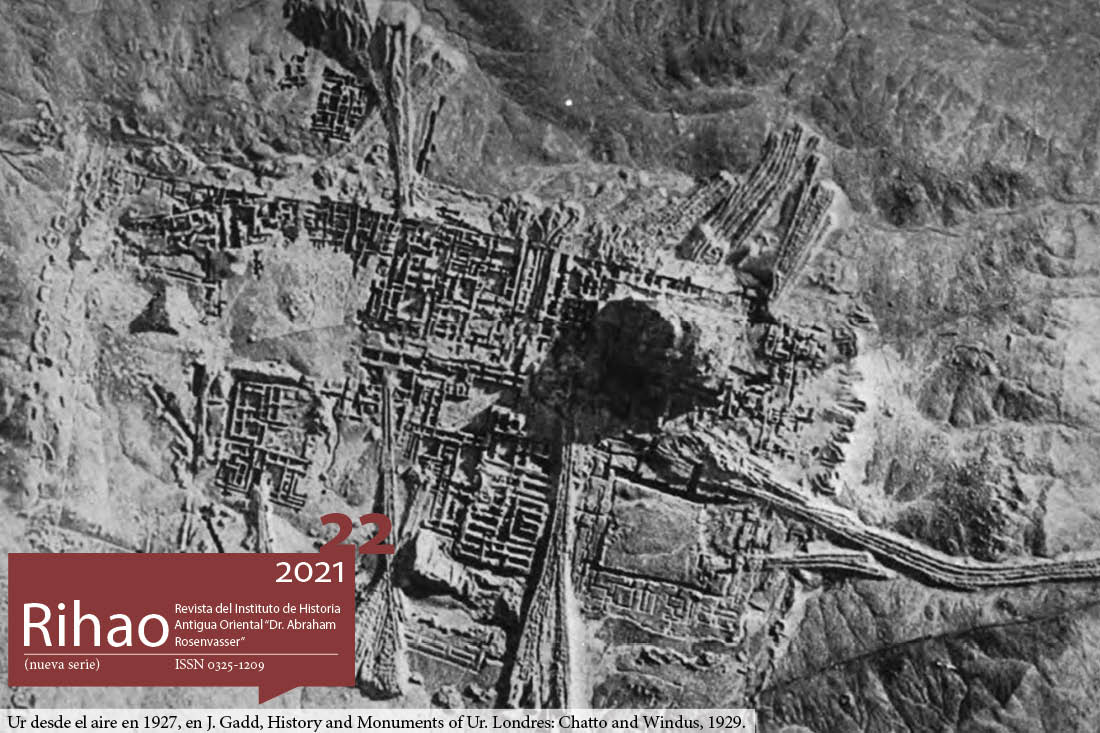Agglomeration and Dispersal in Syria between the Late Bronze Age and Iron Age II
Keywords:
agglomeration, dispersal, urbanism, Late Bronze Age / Iron I / Iron II
Abstract
In many contexts of ancient Syria, recurring processes leading to the concentration of people in urban centers and their dispersal in smaller settlements, or through mobile practices and/or residential flexibility, are attested. Although in the past the successive crises of cities, urbanism and the State have been related to the decrease of agglomeration and to the population dispersal, the issue appears more complex and diversified when focused on specific situations. By following the spatial and socio-political conditions of the Jabbul and Jazr plains, in Inner Syria, from the Late Bronze Age to Iron Age II, it becomes apparent that, although processes of agglomeration and dispersal are visible, they do not match some usual narratives regarding the settlement patterns of these periods. Also, it will be argued that the spatial conditions of the different contexts, including the agglomeration and dispersal of people, impacted on the social and political practices of human groups.Downloads
Download data is not yet available.
Published
2021-11-30
How to Cite
Mizzoni, A. (2021). Agglomeration and Dispersal in Syria between the Late Bronze Age and Iron Age II. Revista Del Instituto De Historia Antigua Oriental ’Dr. Abraham Rosenvasser’, (22). https://doi.org/10.34096/rihao.n22.10921
Issue
Section
Dossier. Ciudades y urbanismo en el mundo antiguo





.jpg)







